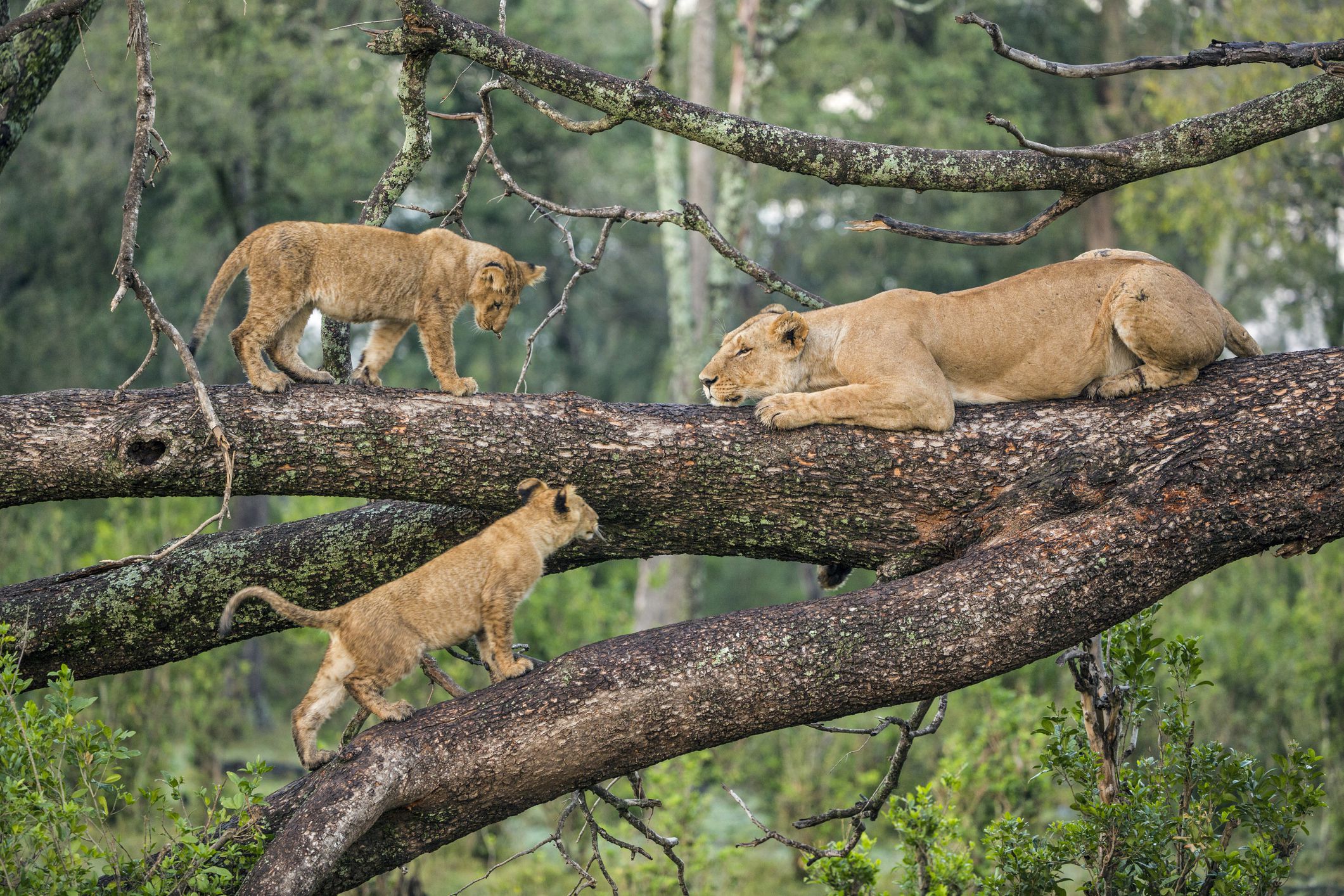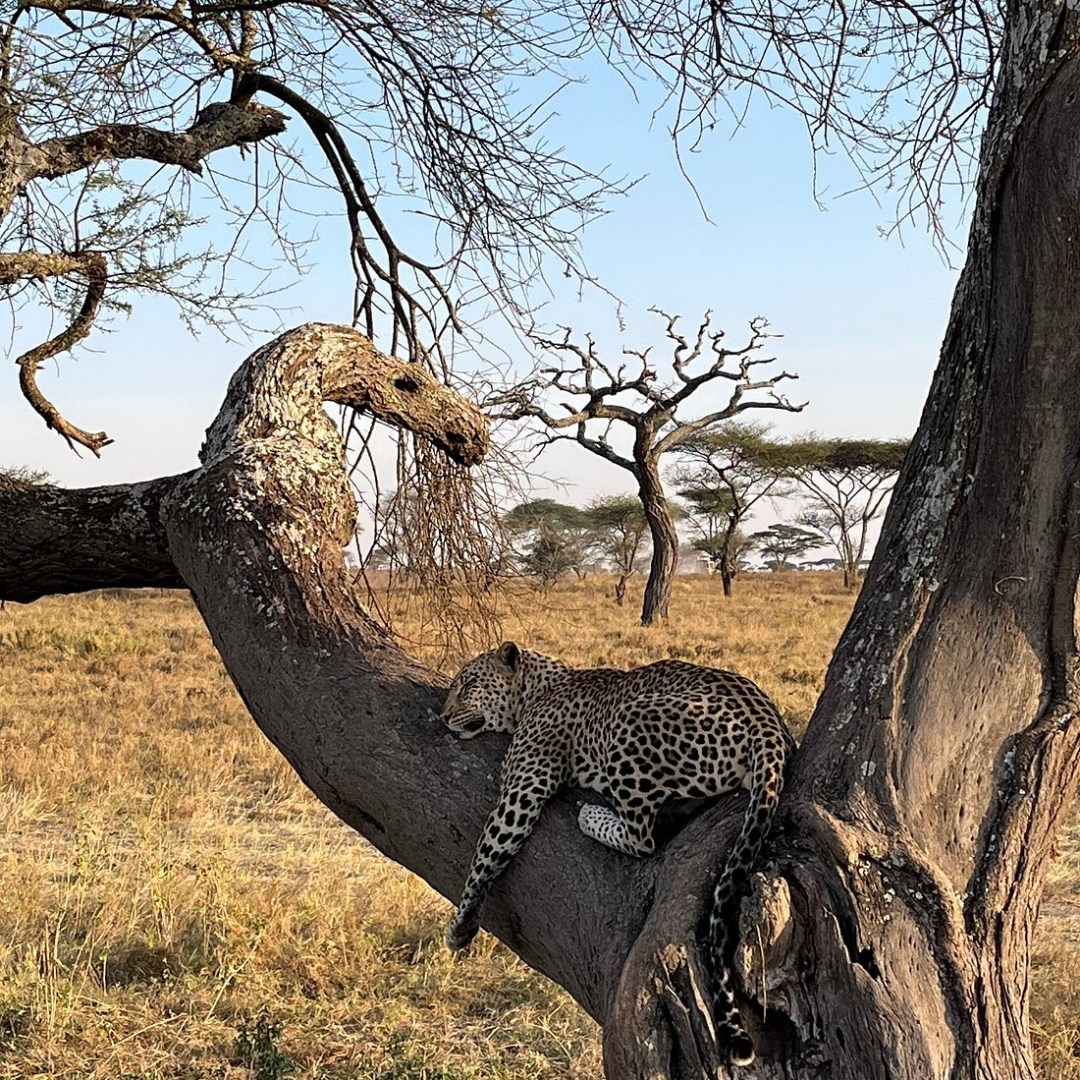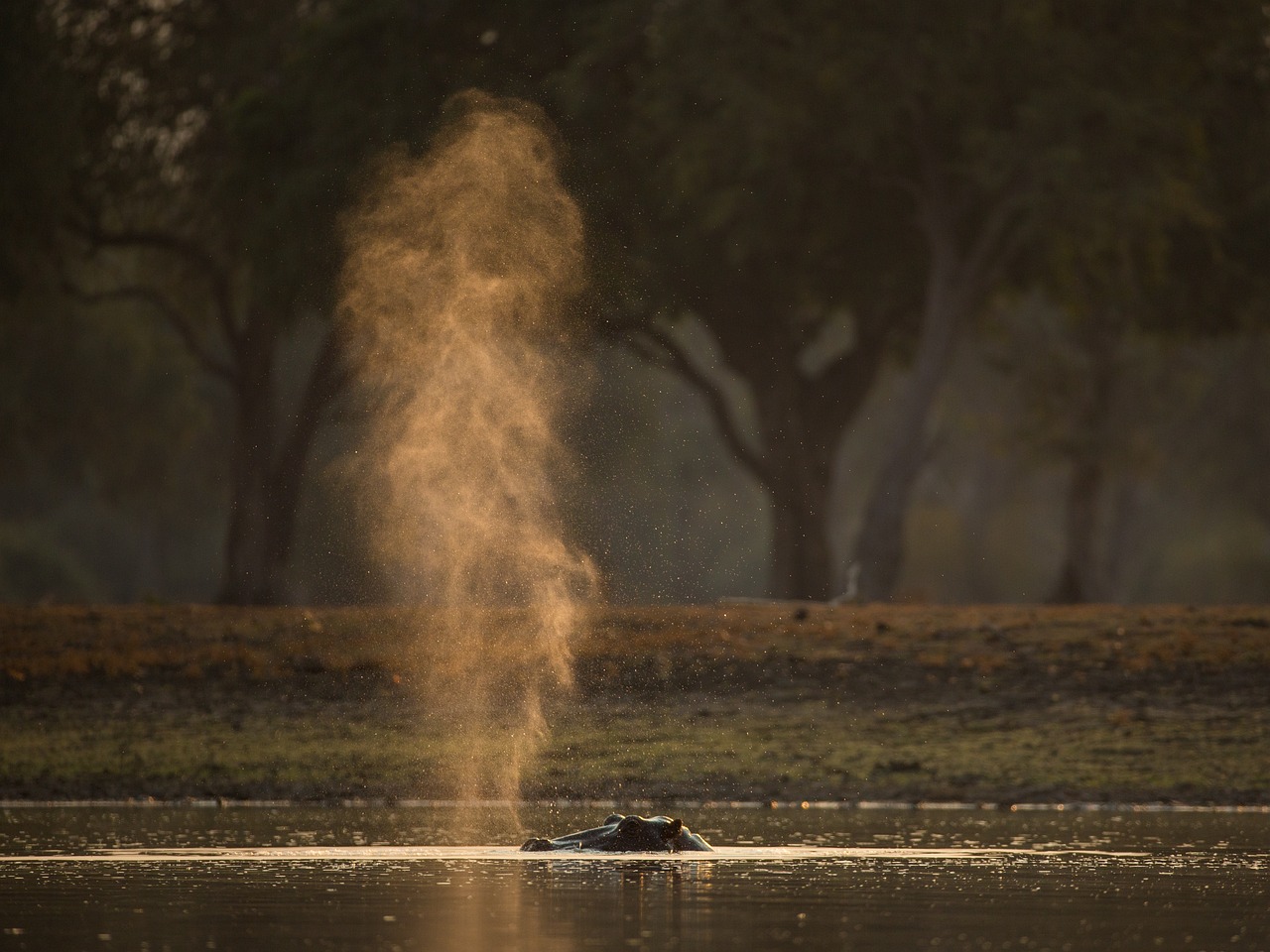
Lake Manyara National Park
Lake Manyara National Park is a stunning park located in northern Tanzania, at the base of the Great Rift Valley. Known for its scenic beauty and diverse ecosystems, the park encompasses a variety of landscapes, from lush forests to open savannah and the sparkling Lake Manyara itself. The park offers incredible wildlife sightings and is famous for its tree-climbing lions, flamingos, and birdwatching opportunities, making it a unique and fascinating destination for safari enthusiasts.
Wildlife
Lake Manyara is home to a rich variety of wildlife, including tree-climbing lions, which are a rare phenomenon in the animal kingdom. Visitors can also spot large herds of elephants, giraffes, buffaloes, wildebeests, and zebras. The park's diverse habitats support a wide range of animals, and it is particularly known for its rich predator-prey interactions, including leopards, hyenas, and cheetahs.
Birds
With over 400 bird species recorded, Lake Manyara is a birdwatcher’s paradise. The lake itself is a vital stopover for migratory birds, including large flocks of flamingos, which can be seen in spectacular numbers during the wet season. Other notable species include the vibrant pink-backed pelicans, yellow-billed storks, and various raptors, making it an excellent destination for birding enthusiasts.
Best Time to Visit
The best time to visit Lake Manyara National Park is during the dry season from June to October, when wildlife is concentrated around the water sources, making game viewing easier. The wet season (November to May) brings lush green landscapes and a greater variety of migratory birds, offering a more tranquil and picturesque experience with fewer tourists.
Weather & Climate
Lake Manyara has a tropical climate with distinct wet and dry seasons. During the dry season (June to October), the park experiences warm temperatures, ranging from 20°C to 30°C (68°F to 86°F), and minimal rainfall. In contrast, the wet season (November to May) brings heavy rains, which transform the park into a green paradise, though some roads can be challenging to navigate. The park's diverse terrain provides a unique blend of climates, from the hot, low-lying areas near the lake to cooler, forested highlands.


